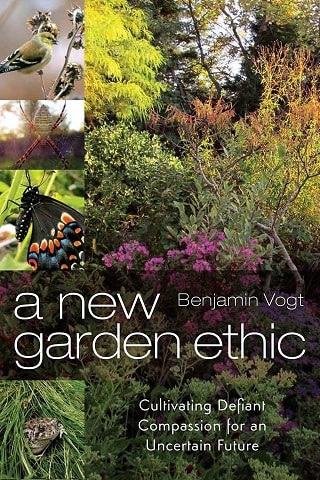|
Of course you can have a beautiful, ecological garden full of native plants in dry shade. And of course you can even have a meadow -- it just might not be as tall as a full-sun prairie garden composed of warm season grasses, but that can be a benefit. Gardens with shorter plants might look less weedy to others, and in smaller spaces this is a boon. Take our modest 200' shade meadow at HQ where we're using Carex albicans and Carex pensylvanica, along with a few forbs (Solidago flexicaulis, Geranium maculatum, Aquilegia canadensis, Thalictrum dioicum). The C. albicans is a clumper that lightly self sows, but C. pensylvanica is a runner that fills in the gaps. Between the two species you get excellent coverage or a living green mulch which you can leave as is, or bring in some drifts, masses, or dotting of flowers with various habits and seasonality. Check out this short video of a 5 year old sedge meadow created by Roy Diblik to see how these sedge develop. And below, enjoy a client's developing Carex albicans space, and another's newly-planted shade garden composed of four intermingling sedge species (with 10 flower species). You can even use these shade tolerant sedge in a different setting, like full sun. Carex sprengellii and Carex blanda are two we can add to the list. All can do well beneath the shade of taller plants, and in the case of C. blanda you'll have an aggressive, spreading groundcover that (like the others) greens up earlier in the the spring. If you don't have taller plants to throw some shade, a consistently moist soil could work -- especially for C. sprengelii. But of course there are dozens and hundreds of sedge that fit every site condition and plant community imaginable; I'm just trying to push sedge as much as I can because we're only scratching the surface of what they can do in a layered garden community.
James McGee
5/14/2021 10:52:40 pm
I don’t grow Carex albicans because there is not sandy soil in the local area where I live. I have no experience with it.
James McGee
5/16/2021 02:01:04 pm
All the designers seem to neglect to see the real beauty of a meadow full of sedges. This is what happens when people look at a plant in a pot and consider its potential in the garden only based on color or leaf shape. The real beauty of a meadow of sedges can only be seen when they have been planted in mass. It is the way they winnow in the wind. It is like having a small piece of ocean in your backyard. This is what designers should be showing to sell the idea of a meadow of sedges. However, I have never seen this selling point mentioned and believe designers are completely unaware of it.
Patty K.
5/28/2021 08:07:57 am
Do you have experience adding sedges to a weak, thin lawn? Would they survive the grass competition 🤔
Benjamin Vogt
5/28/2021 08:21:15 am
Sedge won't like too much walking. If you have a thin lawn due to shade (and don't need a lawn) better to kill what's left and put in sedge with a little wood mulch. If you DO need a lawn try a fescue mix. 7/4/2021 01:03:22 am
Amazing blog, I'm very happy to read this blog. Basically I know new many things to read this blog. I strongly believe that the blog deliver best information to their audience. 7/24/2021 08:29:58 am
Although I’ve enjoyed using Carex in garden beds, as an inner city gardener in Toronto, Canada, I believe they would be inappropriate, even if a mass planting was successful. A garden has to reflect its setting.
Hey, Thanks for sharing this blog. It is really very informative and interesting. I loved itt !! Comments are closed.
|
AboutBenjamin Vogt's thoughts on prairie gardening in Nebraska. With a healthy dose of landscape ethics, ecophilosophy, climate change, and social justice. Archives
April 2024
Original Archives
Garden Timelapse
Subscribe
In a time of climate change and mass extinction how & for whom we garden matters more than ever.
"This book is about so much more than gardening." |
The Deep Middle
Gardening & writing in the prairie echo
|
Monarch Gardens is a prairie-inspired design firm. We specialize in lawn to meadow conversions as well as urban shade gardens.
Employing 95% native plants, our designs are climate resilient, adaptable, and provide numerous ecological benefits while artistically reflecting wilder landscapes. |
Sign up for our newsletter!
|

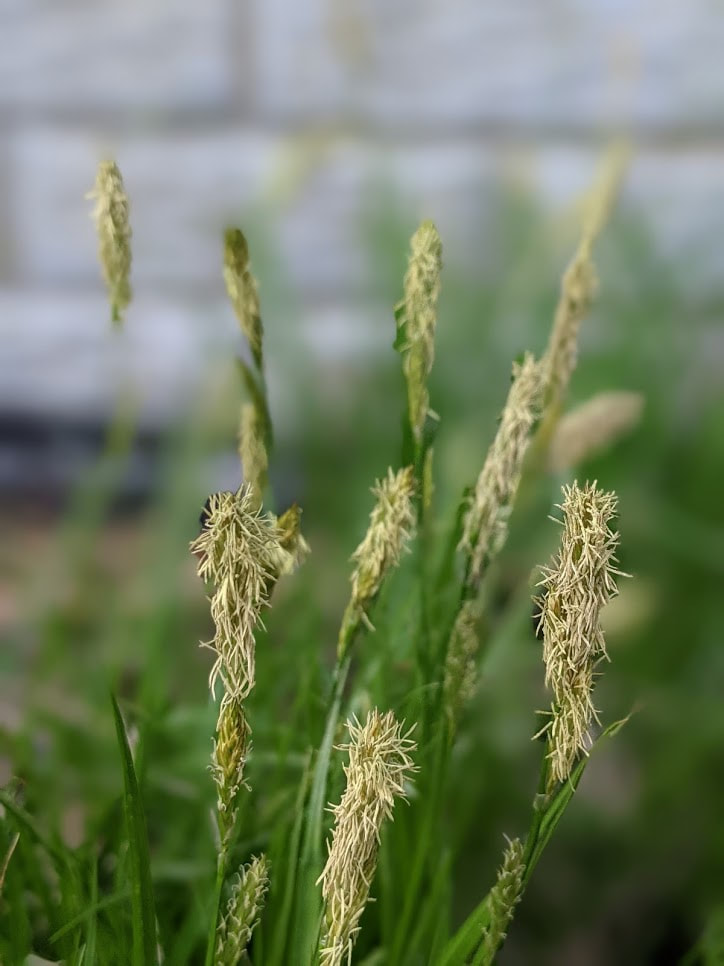
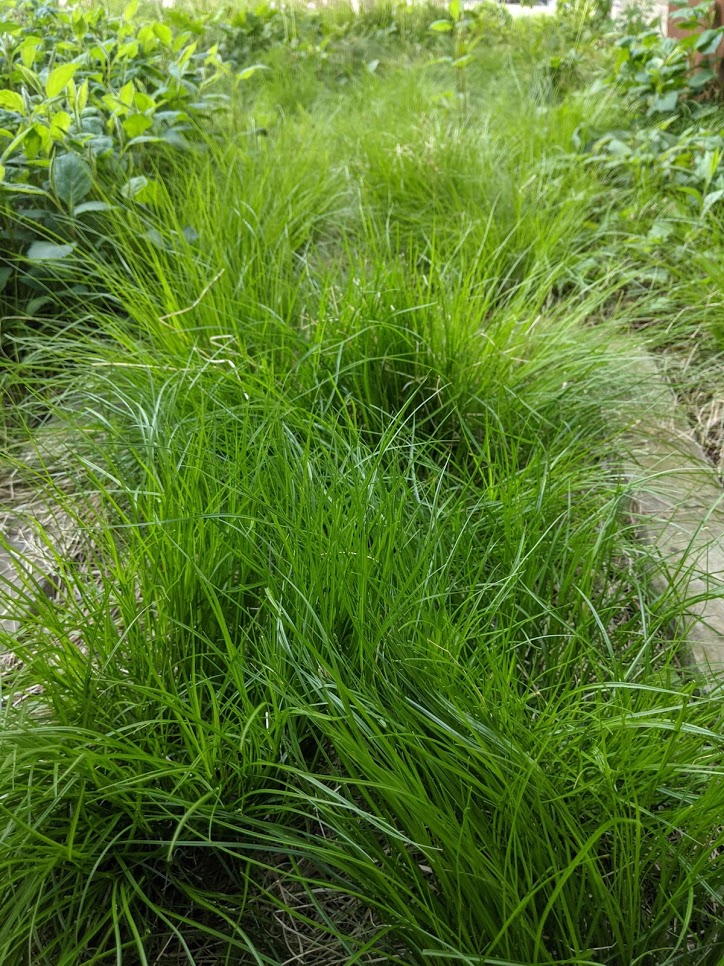
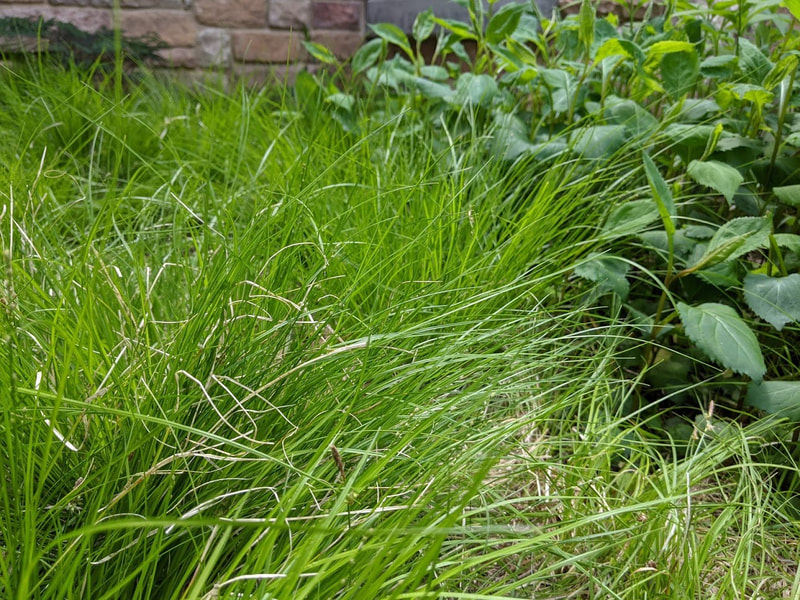
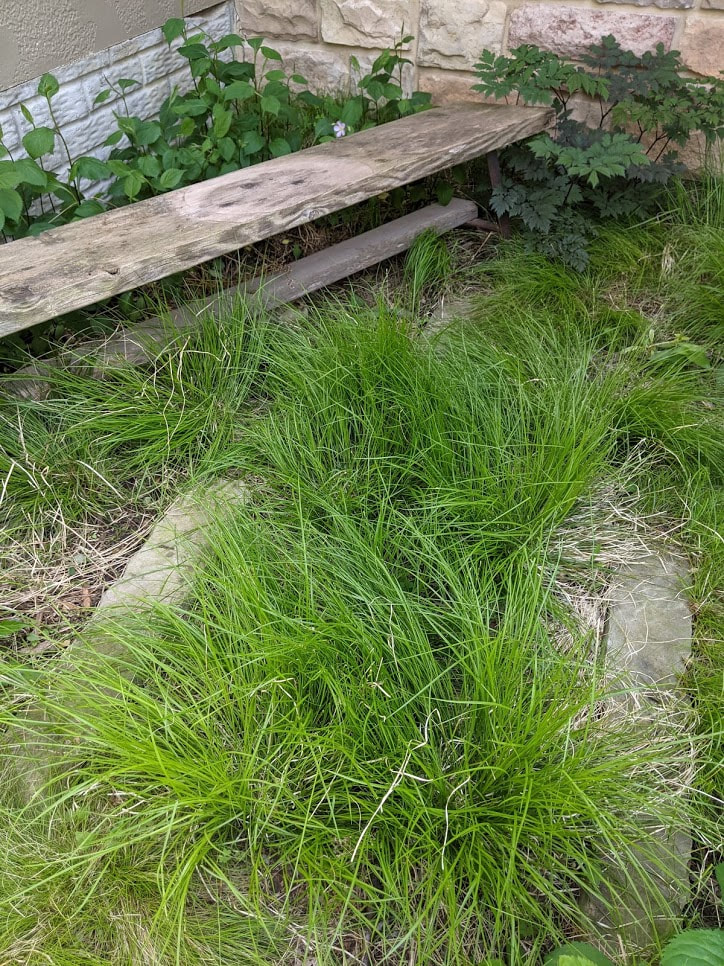
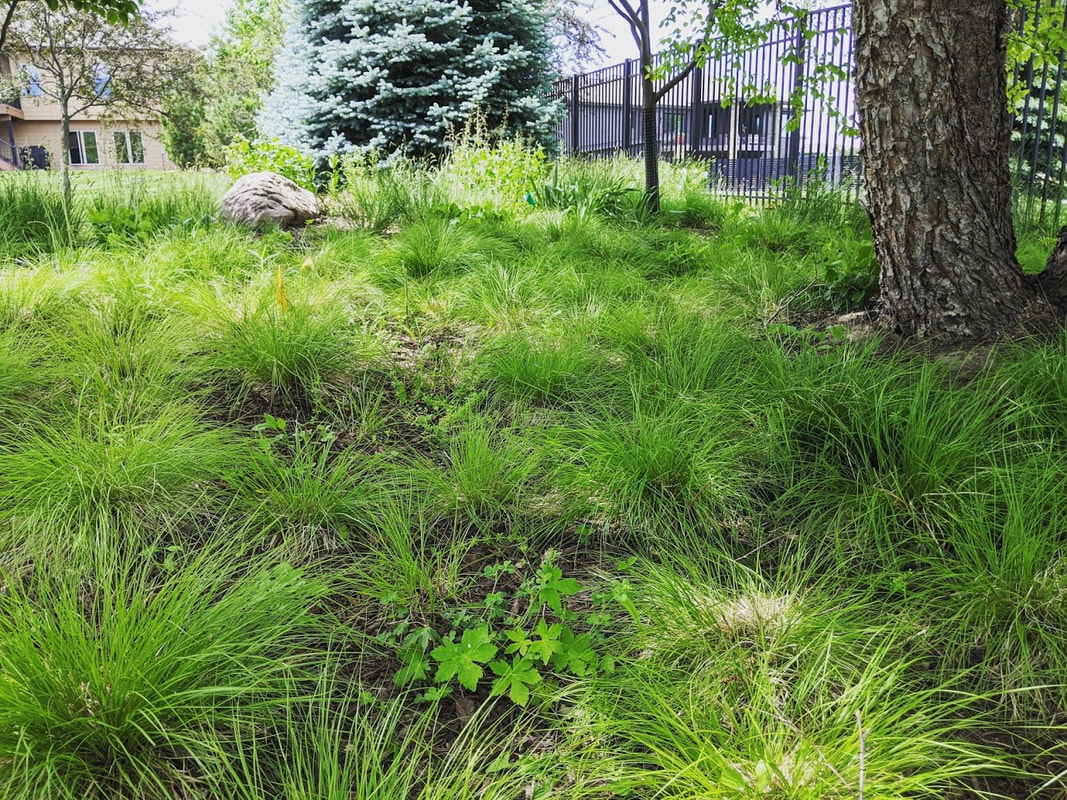
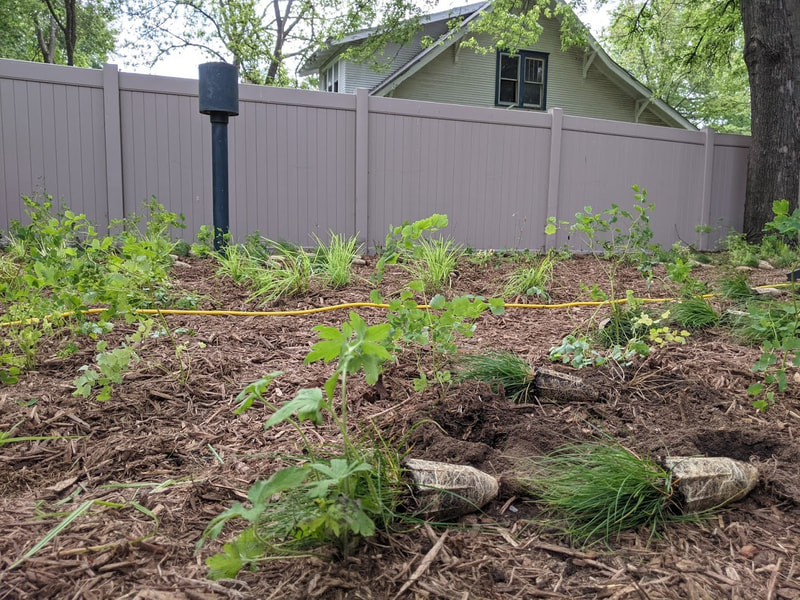
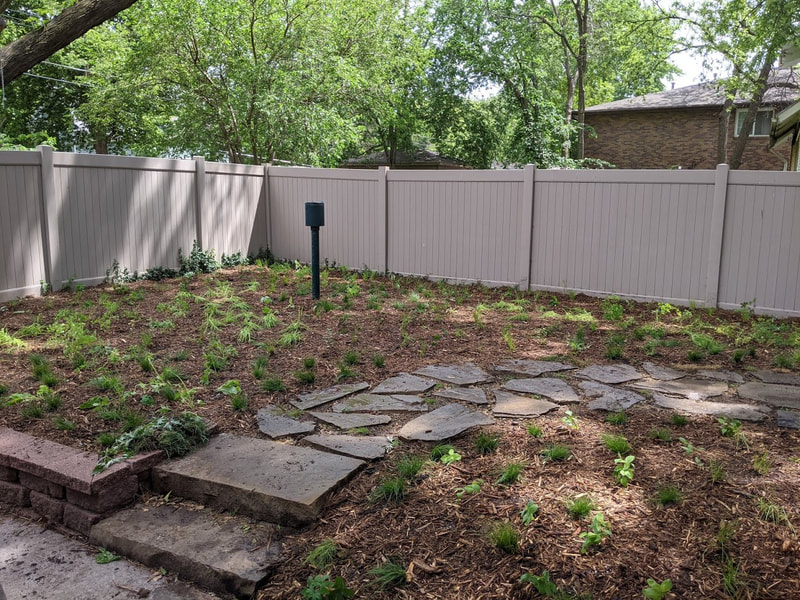

 RSS Feed
RSS Feed
